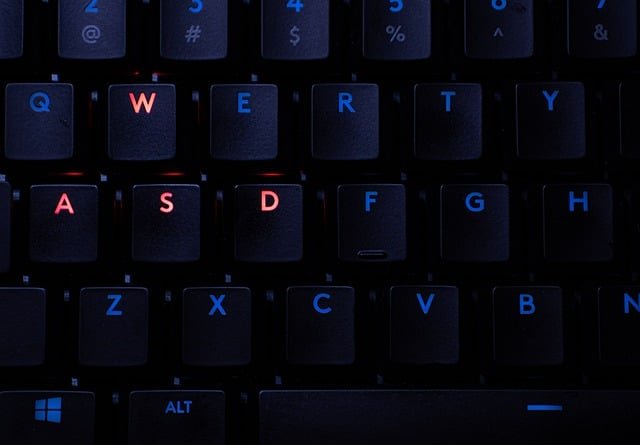Keyboard input lag can be frustrating, especially for gamers or those working with precise tasks. This guide explains how to reduce keyboard input lag effectively.

What is Keyboard Input Lag?
Keyboard input lag is the delay between pressing a key and the response that appears on your screen. This lag can be caused by several factors, including hardware limitations, software conflicts, or connection issues. Reducing keyboard input lag improves both gaming performance and general typing efficiency.
1. Use a Wired Keyboard
- Why: Wireless keyboards, while convenient, often experience input lag due to signal interference and battery constraints. Wired keyboards provide a direct connection, which eliminates wireless interference.
- How: Simply replace your wireless keyboard with a high-quality wired keyboard.
2. Optimize Your Keyboard’s Polling Rate
- Why: The polling rate refers to how frequently the keyboard reports data to the computer. A higher polling rate can reduce input lag.
- How: If your keyboard supports it, increase the polling rate through software settings or use a keyboard with a higher default polling rate (e.g., 1000Hz).
3. Update or Reinstall Keyboard Drivers
- Why: Outdated or corrupt drivers can lead to inefficient communication between your keyboard and computer, causing lag.
- How: Visit your keyboard manufacturer’s website to download the latest drivers or reinstall your current ones.
4. Reduce Background Processes
- Why: Heavy background tasks can consume CPU resources, slowing down response times.
- How: Close unnecessary applications or background processes to free up CPU resources and prioritize keyboard input.
5. Disable Key Repeat Rate and Delay
- Why: Some operating systems allow you to adjust the key repeat rate, which can sometimes cause unnecessary delays.
- How: Adjust the keyboard settings in your operating system to minimize repeat rates and delays.
6. Use Gaming Keyboards with Built-in Features
- Why: Many gaming keyboards come with anti-ghosting, N-key rollover, and faster response time features designed specifically to reduce input lag.
- How: Invest in a quality gaming keyboard known for reducing latency.
Additional Tip: Check Your System’s Performance
- Why: System performance can play a significant role in keyboard responsiveness. A high-performance computer will reduce the time it takes to process inputs.
- How: Ensure your system is running efficiently by upgrading hardware components like your RAM or processor or by optimizing your system through disk cleanup and defragmentation.
How Your Setup Affects Keyboard Input Lag
One often-overlooked factor in keyboard input lag is the overall setup, including the environment in which you’re working or gaming. Here are some ways your setup can impact your keyboard performance:
- Monitor Refresh Rate: A higher refresh rate monitor (e.g., 144Hz or 240Hz) can reduce the perceived delay between pressing a key and seeing the result on screen, especially for gaming.
- Cable Management: Poor cable management can cause physical strain on your keyboard’s connection, leading to possible performance issues. Ensure your cables are organized and not pinched or tangled.
- Computer Performance: A computer that isn’t running at its optimal performance due to low specs, outdated components, or excessive background processes can increase input lag. Regularly clean your computer, update software, and consider upgrading hardware if necessary.
By improving your overall setup, you ensure a smooth interaction between your keyboard and system, further minimizing input lag.
Conclusion
Reducing keyboard input lag is essential for gamers, typists, and anyone who requires a responsive typing experience. By following these steps—switching to a wired keyboard, optimizing settings, and using gaming-focused hardware—you can learn how to reduce keyboard input lag and drastically improve your keyboard’s responsiveness, enhancing both productivity and gameplay.
